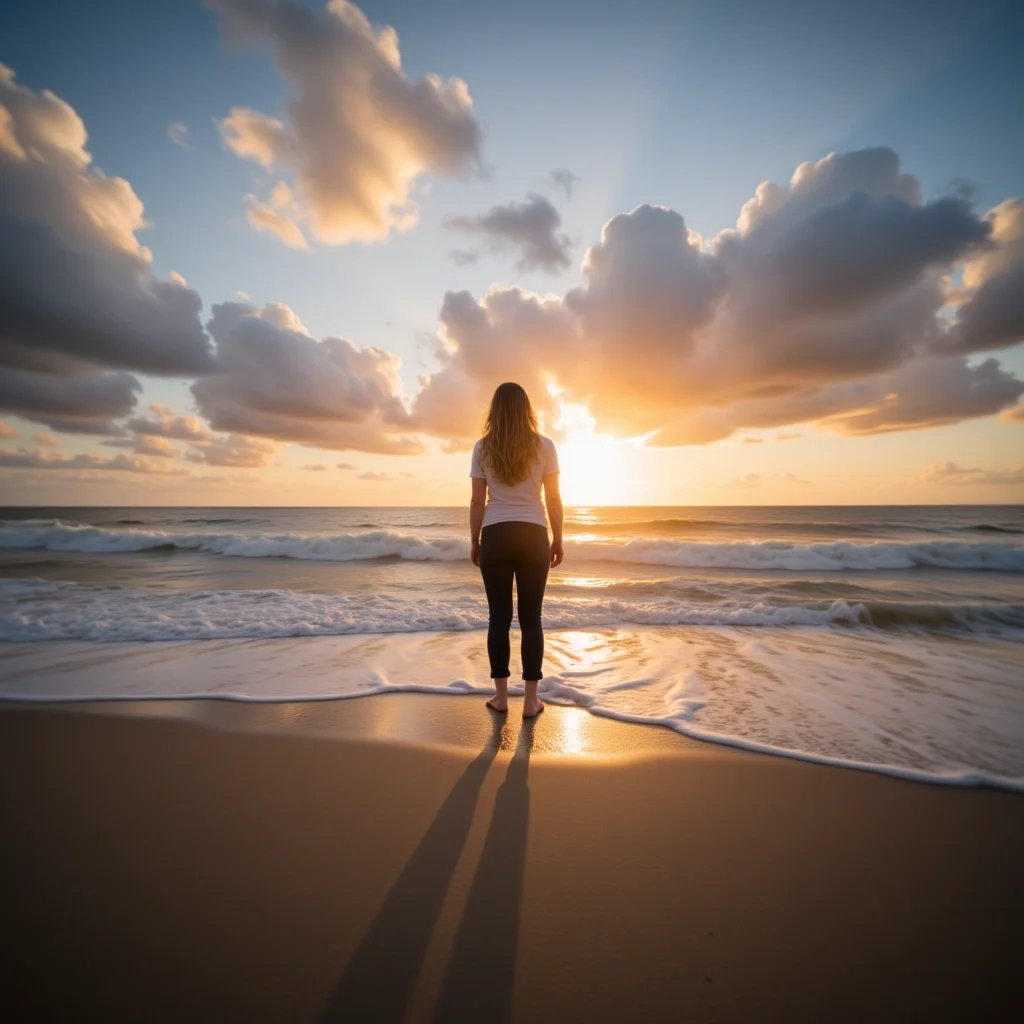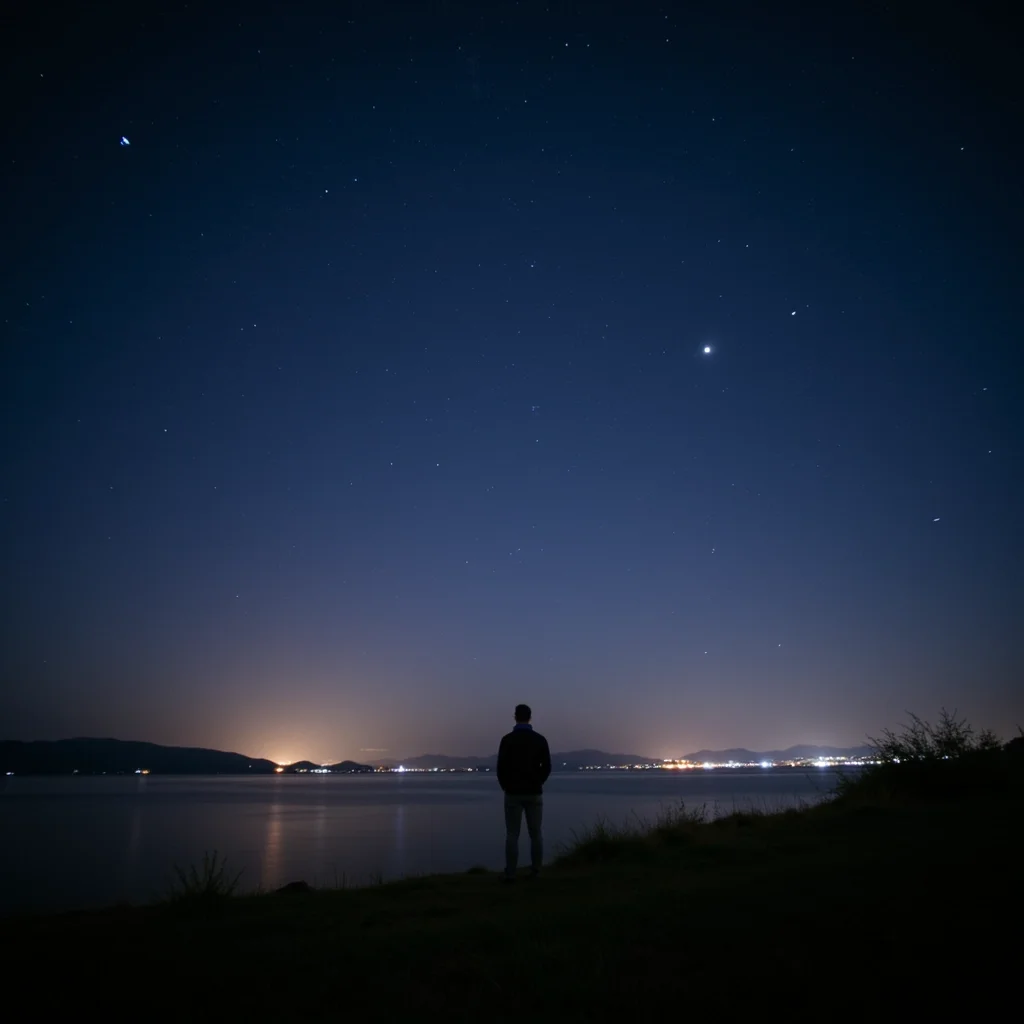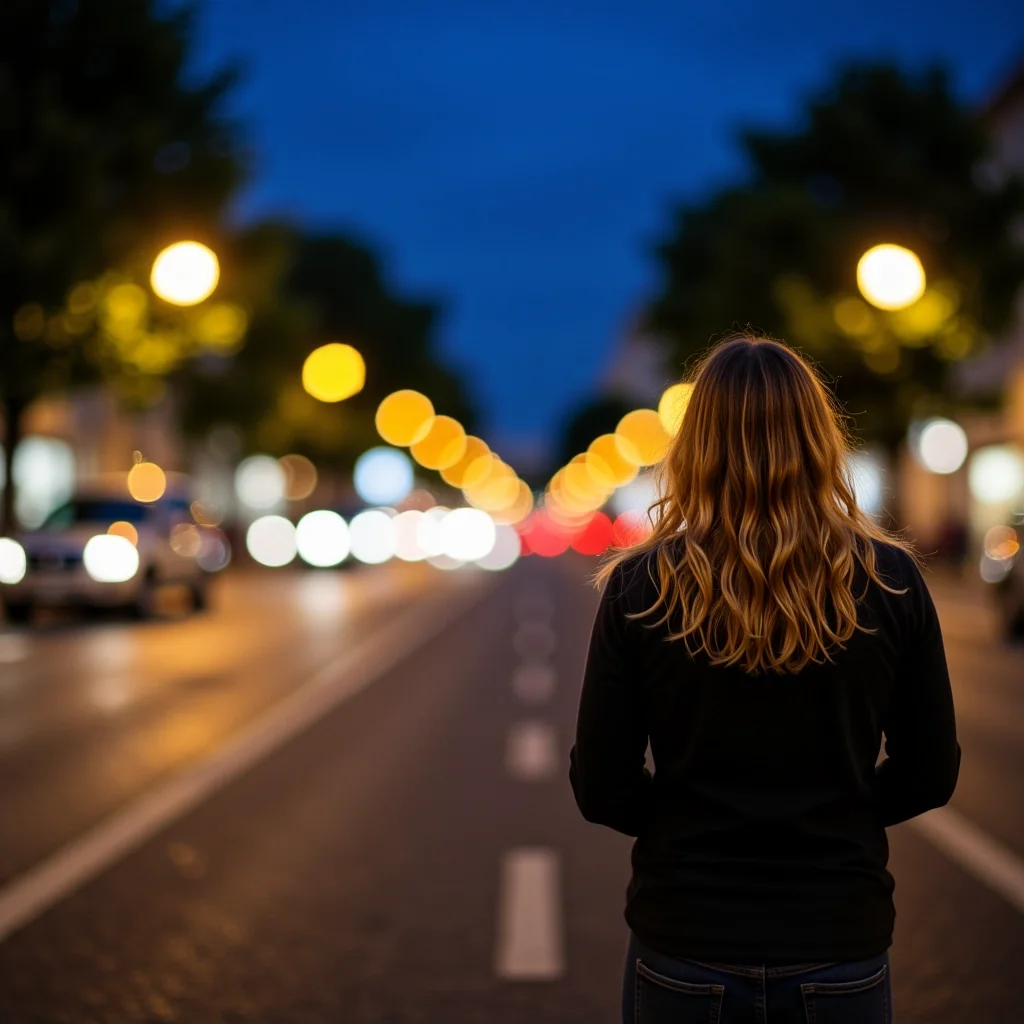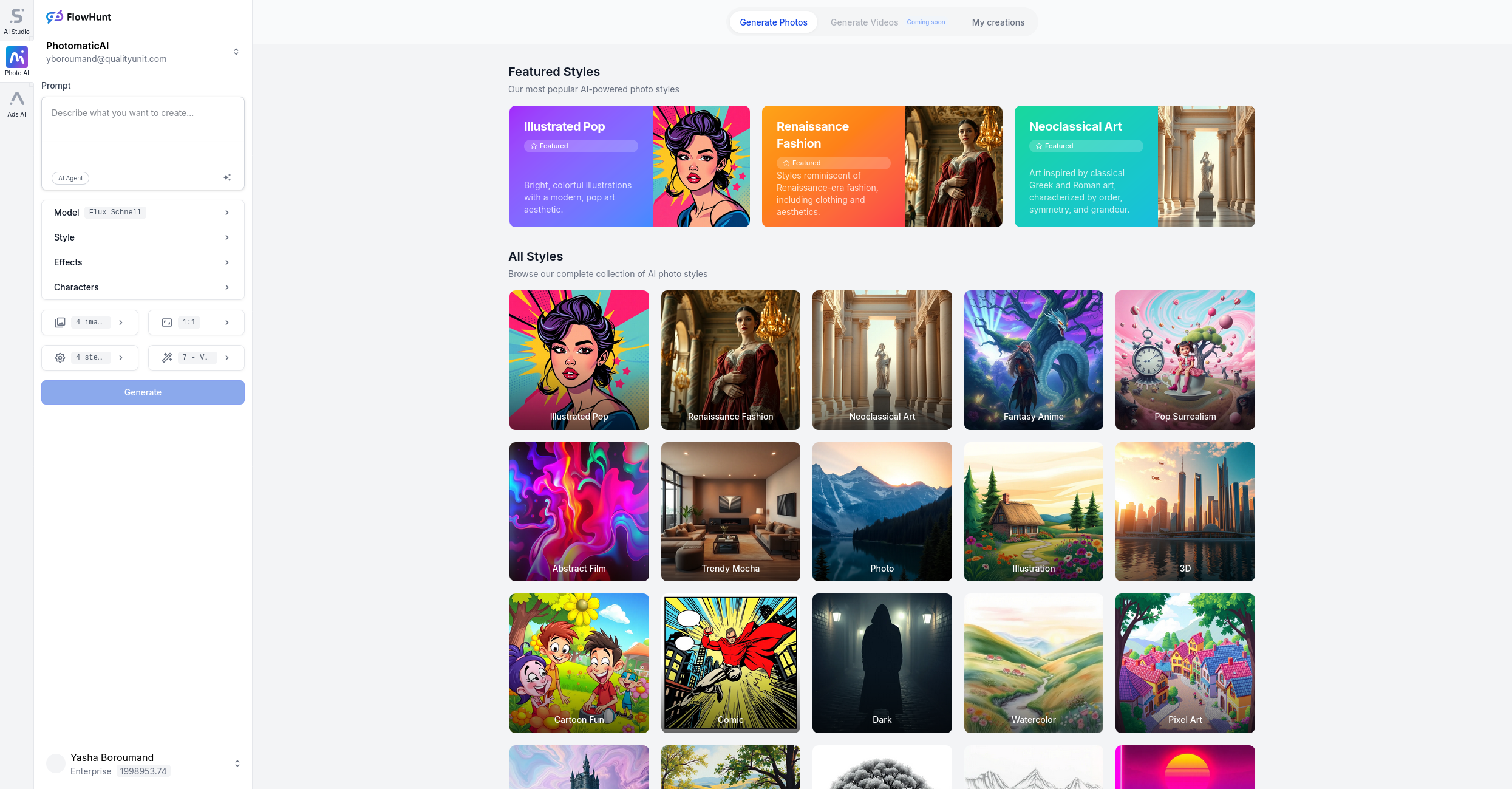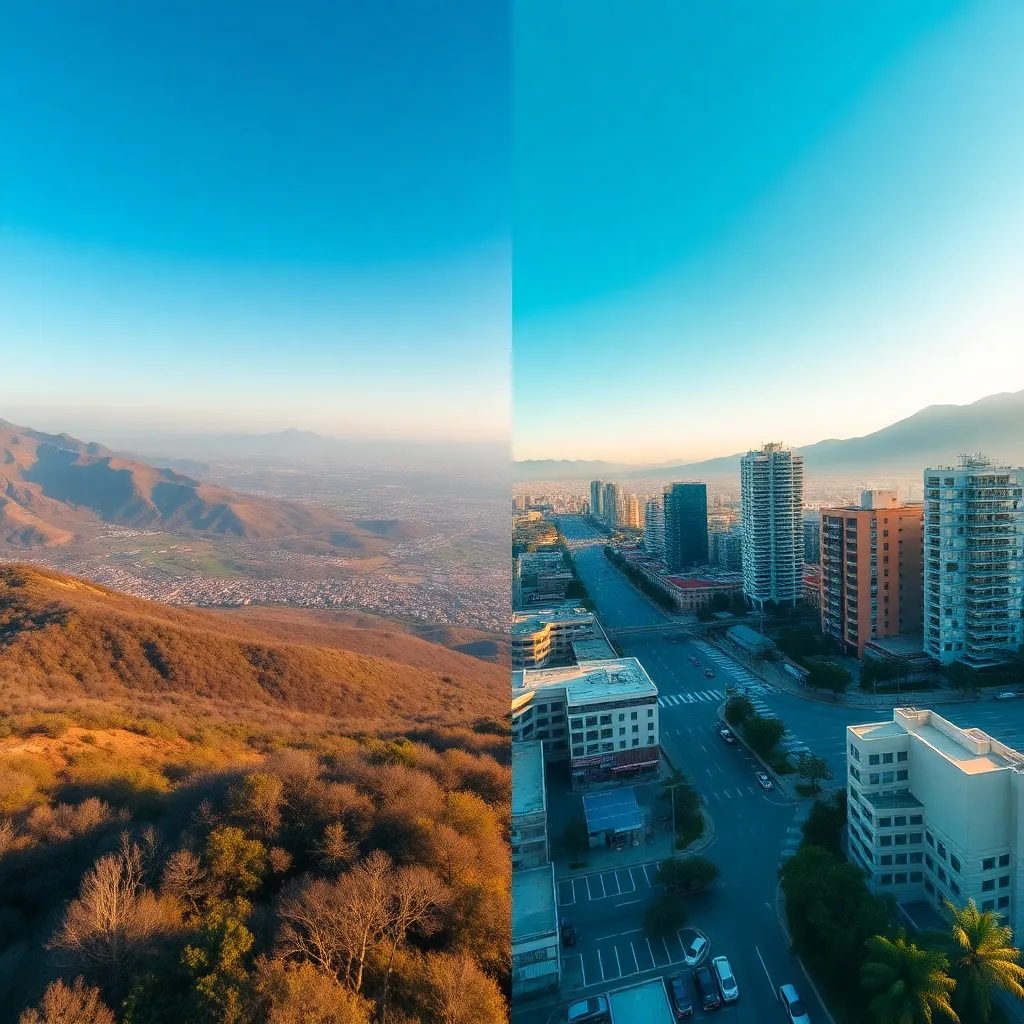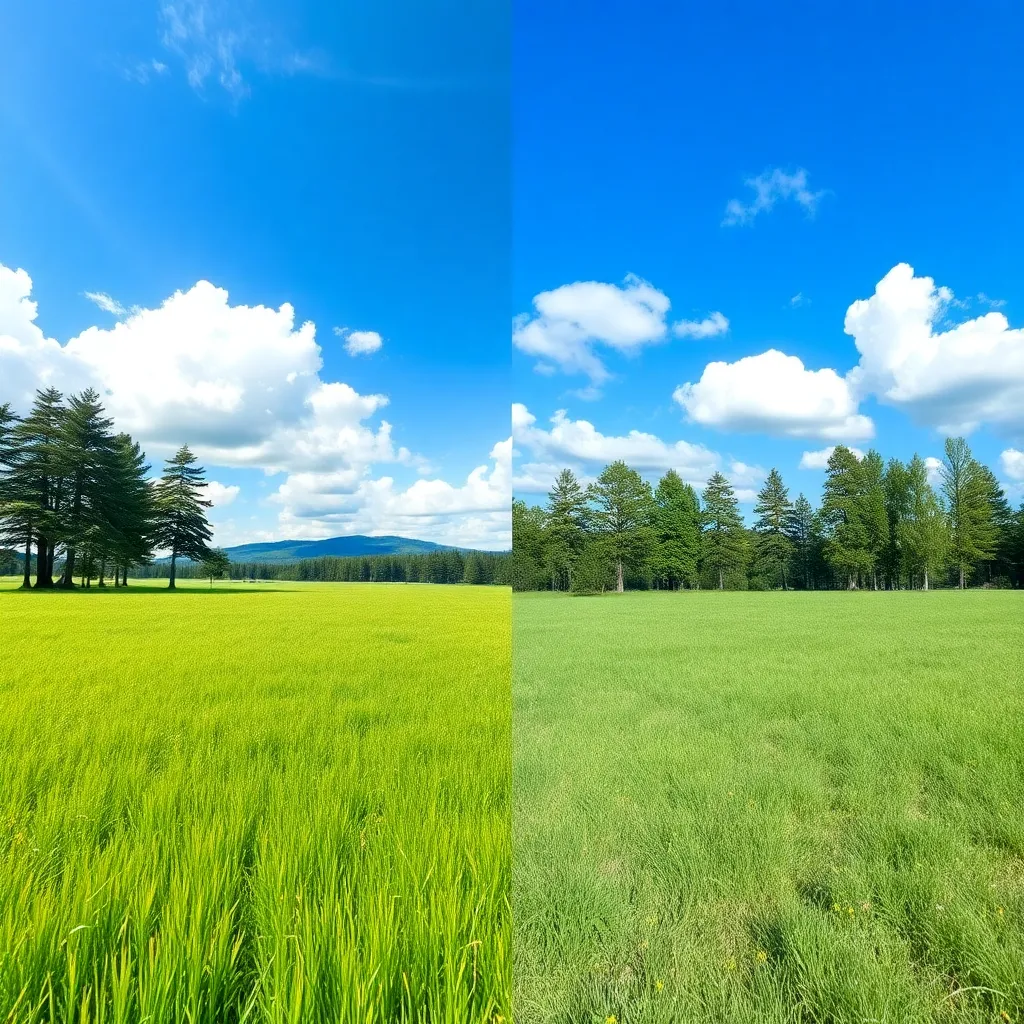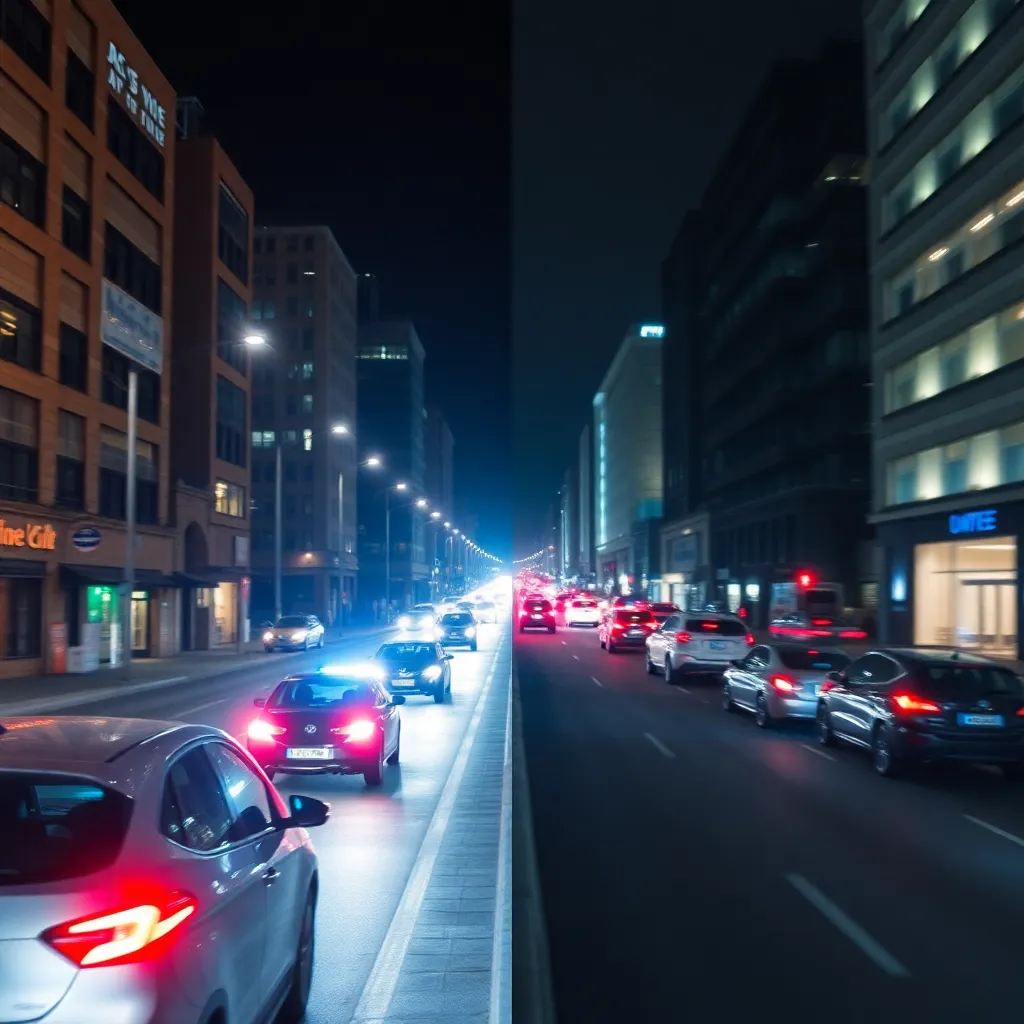
Long Exposure Effect
Long Exposure is a photographic effect that captures the movement of subjects over a period of time, resulting in striking visuals such as light trails, silky w...
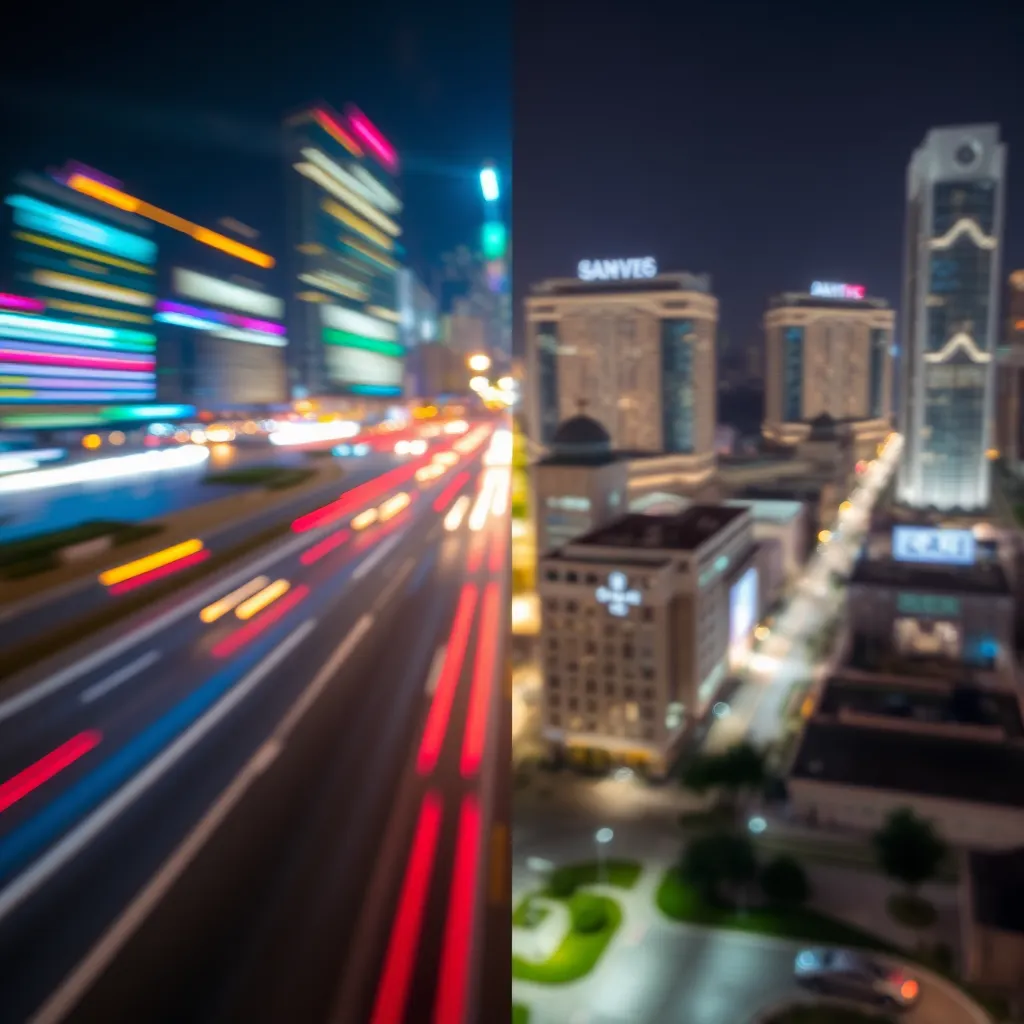
Style
Blurry Long Exposure is a photographic effect that captures the passage of time in a single frame, resulting in smooth, ethereal blurs of motion and light. Frequently used in cityscapes, landscapes, astrophotography, and dynamic portraiture, this style conveys energy, tranquility, and an artistic sense of the moment. By intentionally extending exposure time, photographers create dreamy, surreal images that transform ordinary scenes into works of art.
Train AI Image Models
Train a unique character from your own everyday photos, apply the ready to use Blurry Long Exposure AI Image Generator to generate interesting and eye-catching images.
Starting point for AI training is set of your images. More images of same character can be added to improve the model.
Apply ready to use styles and effects on pretrained model or use custom prompt to generate images.
Images generated from the pretrained model
Use our Photomatic AI image generator to craft stunning images that capture the magic of motion. From vibrant cityscapes to tranquil waterfalls, our AI technology brings the Blurry Long Exposure effect to life in your photos. Try it now and see your creativity in motion!
Experience the Art of Motion with AI-Generated Long Exposure Effects
Blurry Long Exposure is a compelling photographic style that captures the element of time within a single frame. By deliberately using slow shutter speeds, photographers can blur movement—be it flowing water, bustling crowds, streaking lights, or whirling stars—while keeping static objects sharp. This technique transforms ordinary scenes into extraordinary visual narratives, emphasizing motion, energy, or tranquility.
The roots of long exposure photography date back to the earliest days of the camera, when slow film speeds and limited technology made long exposures a necessity. As technology advanced, photographers began to use this technique for creative effect. Landmark works in the 19th and 20th centuries demonstrated the power of motion blur, from ethereal landscapes to the bustling lights of cities. Today, Blurry Long Exposure remains a favorite among artists and professionals, enhanced by digital cameras and editing tools that make the effect more accessible than ever.
Blurry Long Exposure is embraced by a diverse range of photographers:
Both hobbyists and professionals use Blurry Long Exposure to elevate their portfolios and tell compelling visual stories.
Blurry Long Exposure enhances photographs in several distinct ways:
By combining technical skill with creative vision, photographers use Blurry Long Exposure to evoke emotion and wonder in their images.
Blurry Long Exposure is versatile and impactful across numerous photographic genres:
Blurry Long Exposure is a timeless and versatile style that transforms moments into art. Whether capturing the ceaseless motion of a city, the tranquility of nature, or the grace of a dancer, this technique allows photographers to express emotion, story, and beauty in extraordinary ways. Dive into the world of Blurry Long Exposure and bring your creative vision to life, one magical blur at a time.
Automate your image generation with AI Agents
Blurry Long Exposure is a photographic technique that uses a slow shutter speed to capture motion over time. This results in smooth, blurred movement in parts of the image, such as flowing water, moving lights, or people, while stationary objects remain sharp.
To achieve this effect, set your camera to a long exposure (slow shutter speed) and use a tripod to keep the camera stable. Adjust your ISO and aperture to control the exposure, and use neutral density filters in bright conditions to prevent overexposure.
This style is popular in cityscapes, landscapes (especially water scenes), astrophotography (for star trails), sports photography (to show dynamic motion), and creative portraits. It enhances the sense of time, energy, or tranquility in each shot.
Yes! Many smartphones now offer manual camera controls or specific long exposure modes in their camera apps. There are also apps and AI-powered tools that simulate the effect during post-processing.
While it excels in scenes with movement, such as traffic, water, or people in motion, it may not be ideal for subjects where sharp detail is crucial. It’s best used for creative, artistic, or storytelling purposes.
Let us help you automate your marketing tasks. Our platform allows you to create custom AI chatbots, agents, and workflows that can handle a wide range of tasks, from customer support to content generation.
Generate professional marketing visuals in seconds. Our AI creates stunning images that maintain brand consistency across all your campaigns without expensive design services.
Produce large volumes of customized content efficiently. Create hundreds of images, blog posts, and marketing materials simultaneously with our AI automation workflows.
Train AI models on your brand assets to create unique, on-brand visuals for any campaign. Maintain consistent visual identity across all marketing channels with character training technology.
Long Exposure is a photographic effect that captures the movement of subjects over a period of time, resulting in striking visuals such as light trails, silky w...
The Wide Shot effect is a powerful photographic technique that captures an expansive field of view, emphasizing the scale and context of a scene. This effect is...
Wide Angle Snap Style is a dynamic photographic effect that uses wide angle lenses and bold compositional choices to expand perspective, exaggerate spatial dept...

